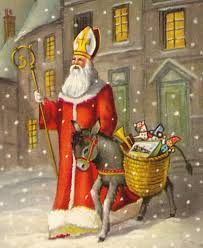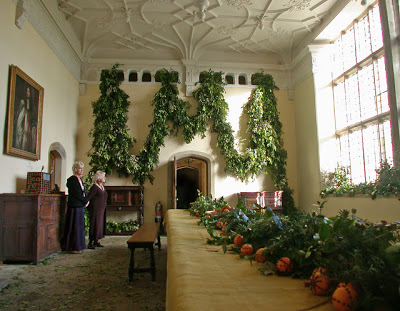 Home | My account | Logout | Showroom | About Advientos -
DE
| EN
| ES
| FR
| IT
Home | My account | Logout | Showroom | About Advientos -
DE
| EN
| ES
| FR
| IT
Build your Advent Calendar
(Last window on 25 December 2016)
| ||||||||||||||||||||||||||||||||||
| ||||||||||||||||||||||||||||||||||
|
| We would be glad to accept your support for Advientos project. Thank you! |
Window nº 25
| Perfect music for opening gifts this morning - Festival of Nine Lessons and Carols from 2015. Enjoy, and Happy Happy Christmas! |
| We would be glad to accept your support for Advientos project. Thank you! |
|
Do you want a PDF copy of your Advientos, just to print in DIN A4 format? Ask to the creator of this Advientos
|
|||||||||||||||||||
|
Advientos PDF DIN-A4 ref. 24810-6265 "Englandcast 2016" |
Contact the creator of this advents to send you a copy in PDF format! | |||||||||||||||||
Note: Those windows of the Advientos whose messages containing HTML code, videos or games may not be reproduced in the PDF copy satisfactorily | |||||||||||||||||||

| © Advientos 2007-2024 |  |

